
What Are the Best Sights to See in Cairo? An Experts Ultimate Guide
Cairo is more than a city; it is a sprawling, living chronicle of human history, a place of profound dualities where the ancient and the modern, the chaotic and the serene, coexist in a vibrant, often bewildering, embrace. Known to Egyptians as Um el Donya, or "Mother of the World," and to travelers for centuries as the "City of a Thousand Minarets," its cultural and historical weight is palpable. To truly see Cairo is to look beyond the initial haze of dust and traffic and understand the layers of civilization that lie beneath. It is a city that rewards the informed explorer, the traveler who knows where to find not only the monumental sights but also the stories they tell.
This guide is designed to be that explorer's companion. It will navigate from the staggering Pharaonic monuments that guard the city's edge into the labyrinthine heart of Historic Cairo, a UNESCO World Heritage site teeming with Islamic and Coptic treasures. From there, it will ascend to the city's modern pulse points for a new perspective before concluding with the essential, practical advice needed to navigate this magnificent metropolis with confidence and ease.
The Pharaonic Legacy: Journeying to the Dawn of History
The story of Cairo for most visitors begins where Egyptian history was writ large in stone-the necropolises on the city's periphery that testify to a civilization's ambition, ingenuity, and profound relationship with the afterlife.
The Giza Plateau: In the Shadow of Giants
The Pyramids of Giza are, for many, the primary reason for visiting Egypt, and rightly so. Standing on the Giza Plateau, on the southwestern fringe of the city, these 4th-dynasty funerary temples have captivated travelers for millennia. The complex is dominated by the three main pyramids: the Great Pyramid of Khufu (also known as Cheops), the Pyramid of Khafre (Chephren), and the smaller Pyramid of Menkaure (Mycerinus). Guarding them is the enigmatic, lion-bodied Great Sphinx. The Great Pyramid of Khufu, built over 4,500 years ago, is the last surviving of the Seven Wonders of the Ancient World, a testament to its enduring power.
The experience of visiting Giza is one of powerful contrasts. The first sight of the pyramids can be an intensely emotional moment, a tangible connection to a history so ancient it feels mythological. Yet, this profound awe exists alongside the modern realities of a premier global tourist destination: the heat, the dust, and the persistent "tourist hustle". The site's immense popularity, attracting a significant portion of the over 14 million tourists who visited Egypt in 2023, has fostered an environment of aggressive commercialism, with "incessantly annoying touts" that can detract from the experience if one is unprepared.
A successful visit, therefore, requires a strategy to manage this environment. The most rewarding approach is often an independent one. Arriving at the quieter, walk-in "Sphinx" or "Mena House" gate on the eastern side right at its 7 AM opening allows for a few precious moments with the Sphinx before the large tour buses arrive. While many tours rush to the Great Pyramid, a walk towards the smaller pyramids of Khafre and Menkaure often reveals crowd-free spaces, offering a sense of personal discovery amidst these ancient giants.
For those wishing to venture inside, the Great Pyramid of Khufu offers a challenging but memorable journey. A climb through steep, narrow, and humid passages leads to the King's Chamber, a stark room containing only an empty granite sarcophagus. For a less claustrophobic and free alternative, the nearby tomb of Queen Hetepheres I offers a similar experience on a smaller scale.
Beyond Giza: The Ancient Necropolises of Saqqara, Dahshur, and Memphis
A day trip to the south of Cairo is essential, as it reveals the fascinating origin story of the Giza pyramids-a narrative of architectural evolution marked by trial, error, and genius. These sites demonstrate that the perfection of Giza was not a singular miracle but the culmination of generations of innovation.
The journey begins at Saqqara, the vast necropolis that served the ancient capital of Memphis. Its centerpiece is the
Step Pyramid of Djoser, built in the 27th century BCE. Designed by the brilliant architect Imhotep, it is the world's oldest complete stone building complex and the revolutionary first step away from the flat-topped mastaba tombs that preceded it. Beyond the pyramid, Saqqara is rich with other treasures, including the Serapeum, the subterranean burial place of the sacred Apis bulls, and beautifully decorated tombs like the Mastaba of Ti.
The next chapter in the story unfolds at Dahshur, the royal necropolis of Pharaoh Sneferu. Here, the architectural learning curve is made tangible in stone. The Bent Pyramid is a monument to a mid-construction course correction; builders, likely realizing their initial 54-degree angle was structurally unstable, were forced to change it to a shallower 43 degrees for the top section, giving the pyramid its distinctive shape. Learning from this "successful failure," Sneferu commissioned the nearby
Red Pyramid. Built at a consistent 43-degree angle, it stands as the first successful "true" smooth-sided pyramid and the direct architectural blueprint for the masterpieces at Giza. A descent into the Red Pyramid is a thrilling and far less crowded experience than at Giza.
The tour concludes at Memphis, the first capital of a unified Egypt. While little of the ancient city remains, an open-air museum houses remarkable artifacts, most notably a colossal, 30-foot-long limestone statue of Ramses II, whose preserved detail is breathtaking.
Cairo's Treasure Chests: A Tale of Three Museums
The dispersal of Egypt's unparalleled collection of antiquities across three major institutions in Cairo reflects a national strategy to modernize and re-contextualize its heritage. This presents the modern visitor with a choice, as each museum offers a distinct experience.
The Grand Egyptian Museum (GEM): A Modern Palace for the Pharaohs
Located in the shadow of the pyramids it is designed to celebrate, the Grand Egyptian Museum (GEM) is Cairo's newest and most anticipated cultural landmark. This sleek, state-of-the-art facility provides a modern, spacious, and climate-controlled environment for Egypt's treasures. While still in a "soft opening" phase, visitors can already experience its monumental scale, from the towering statue of Ramses II in the Grand Hall to the majestic Grand Staircase adorned with over 60 major artifacts. Its ultimate purpose is to house, for the very first time, the complete collection of Tutankhamun's treasures, making it the world's largest archaeological museum. Visitors should consult the official website, visit-gem.com, for the latest information on gallery access and opening hours.
The National Museum of Egyptian Civilization (NMEC): Where Royal Mummies Rest
Distinct from the Pharaonic focus of the other museums, the NMEC, located in the Fustat area of Old Cairo, presents a sweeping narrative of Egyptian civilization from prehistoric times to the present day. Its undeniable star attraction is the
Royal Mummies Gallery. Following a historic "Golden Parade" through the streets of Cairo in 2021, the mummified remains of 22 of Egypt's most illustrious pharaohs-including the great Ramses II, Seti I, and Queen Hatshepsut-were moved here. They are now displayed in a specially designed, subterranean gallery that evokes the dimly lit, sacred atmosphere of the Valley of the Kings, offering a uniquely powerful and respectful encounter with the rulers of ancient Egypt. Its location makes it an easy addition to a tour of nearby Coptic Cairo.
The Egyptian Museum in Tahrir Square: A Classic, Atmospheric Journey
For over a century, the iconic pinkish building in Tahrir Square has been the world's foremost repository of Pharaonic antiquities. While many of its contents are migrating to the GEM, the Egyptian Museum retains an irreplaceable historic charm. With its classic colonial-era design, vast halls, and sometimes hand-written labels, a visit feels like stepping into the world of early 20th-century archaeology-an "Indiana Jones" experience. For now, it remains the exclusive home of some of the most famous artifacts on earth, including the mesmerizing solid gold funerary mask of King Tutankhamun.
For the time-conscious traveler, this trio of museums presents a dilemma. The choice depends on priority: for the singular, awe-inspiring experience of meeting the pharaohs face-to-face, the NMEC is essential. For the iconic golden mask of Tutankhamun and a journey into museum history itself, the Tahrir Square museum is the classic choice. For those with more time, visiting both the modern GEM and the historic Tahrir museum offers a complementary and more complete picture of Egypt's ancient splendors.
Historic Cairo: A UNESCO World Heritage Labyrinth
In 1979, UNESCO recognized the heart of Cairo as a World Heritage site, acknowledging it as "one of the world's oldest Islamic cities, with its famous mosques, madrasas, hammams and fountains". This district is a palimpsest, a place where successive eras and faiths have built upon, repurposed, and coexisted with what came before, creating a uniquely layered urban fabric that is endlessly fascinating to explore.
Islamic Cairo: The Heart of a Caliphate
This sprawling area contains an overwhelming concentration of architectural masterpieces dating from the 7th century onwards.
The Citadel of Saladin & The Alabaster Mosque: Dominating the skyline from its perch on Mottakam Hill is the formidable Citadel, a medieval Islamic fortification built in the 12th century by the great Sultan Saladin as a defense against the Crusaders. For 700 years, it was the seat of Egyptian government. The most visible structure within its walls today is the
Great Mosque of Muhammad Ali Pasha. Built in the mid-19th century, its elegant, pencil-thin minarets and grand central dome are hallmarks of Ottoman architecture, and it is often called the Alabaster Mosque for the stone that lines its interior and exterior. The terrace offers some of the most spectacular panoramic views of Cairo.
Architectural Titans: The Mosques of Ibn Tulun and Sultan Hassan: Two of the most significant mosques in the Islamic world stand near the Citadel. The Mosque of Ibn Tulun, completed in 879, is Cairo's oldest mosque surviving in its original form and its largest by area. Its design, inspired by the Great Mosque of Samarra in modern-day Iraq, features a vast, tranquil courtyard, pointed arches that predated their use in European Gothic architecture, and a unique outer spiral minaret. In contrast, the
Mosque-Madrassa of Sultan Hassan is a colossal and imposing masterpiece of 14th-century Mamluk architecture. Its monumental scale and soaring vaulted halls, known as
iwans, were designed to serve as both a mosque and a madrasa (school) for all four of the main Sunni schools of Islamic jurisprudence.
The Soul of the City: Al-Azhar Mosque and Khan el-Khalili: At the heart of Islamic Cairo lies a duo of institutions that define its spiritual and commercial life. The Al-Azhar Mosque, founded by the Fatimids in 970 AD, is a beacon of Islamic learning. In 988, it was established as a university, making it one of the oldest in the world, and it remains the leading theological center of Sunni Islam today. Its architecture is a beautiful blend of styles, with minarets and arcades added by subsequent Mamluk and Ottoman rulers, reflecting its long and storied history. A few steps away is the
Khan el-Khalili, one of the world's great shopping experiences. This labyrinthine bazaar, or
souq, was established as a trading district in the 14th century and still buzzes with activity. The narrow alleys ring with the clang of metalworkers and are filled with the scents of exotic spices and perfumes. Here, one can find everything from tourist souvenirs and colorful glass lamps to fine jewelry and traditional crafts.
An Open-Air Museum: Walking Through Time on Al-Muizz Street: This kilometer-long street, stretching from the northern gate of Bab el Futuh to the southern gate of Bab Zuweila, contains the highest concentration of medieval Islamic monuments in the world. A walk along Al-Muizz Street is a journey through centuries of history, past magnificent mosques, mausoleums, and restored courtyard homes. It is best experienced both during the day, to appreciate the architectural detail, and at night, when the illuminated monuments create a magical atmosphere.
Coptic Cairo: A Sanctuary of Ancient Faith
Tucked within the southern part of Old Cairo is an enclave of profound religious significance. Coptic Cairo is a testament to the endurance of one of the world's oldest Christian communities, with its most important sites built within and upon the imposing walls of the 3rd-century Roman Babylon Fortress.
The Hanging Church (Al-Muallaqa): The district's most famous landmark is the Saint Virgin Mary's Coptic Orthodox Church, universally known as the Hanging Church. It earned its name from its unique construction, as its nave is suspended over a passage of the old Roman gatehouse, supported by palm logs. Visitors ascend a flight of 29 steps to enter a beautifully decorated interior featuring a wooden roof shaped like Noah's Ark, a stunning 5th-century marble pulpit, and over 100 icons, including an 8th-century depiction of the Virgin Mary sometimes called the "Coptic Mona Lisa".
In the Footsteps of the Holy Family: The Church of St. Sergius and Bacchus (Abu Serga): For many Christian pilgrims, the spiritual heart of the district is this 4th-century church, one of the oldest in Egypt. Its importance stems from the belief that it was built over the cave where the Holy Family-Jesus, Mary, and Joseph-took refuge during their flight into Egypt to escape King Herod. Descending a flight of stairs into the ancient, dimly lit crypt is a deeply moving experience, connecting visitors to a sacred tradition that has been revered for nearly two millennia.
A Tapestry of Heritage: The Ben Ezra Synagogue and the Coptic Museum: The layered history of Cairo is perfectly encapsulated in two other key sites. The Ben Ezra Synagogue has a remarkable story; originally a Coptic church, it was sold to the Jewish community in the 9th century to pay taxes and converted into a synagogue. Local tradition also links the site to the place where the baby Moses was found in the reeds of the Nile. It became world-famous in the 19th century with the discovery of the Cairo Genizah, a treasure trove of nearly 250,000 historical documents that provide an unparalleled glimpse into Jewish life in the medieval Islamic world. Nearby, the
Coptic Museum houses the world's most comprehensive collection of Egyptian Christian artifacts. Its galleries showcase over 16,000 objects, including stunning textiles, ancient manuscripts like a 4th-century Book of Psalms with its original wooden cover, intricate ivory carvings, and a vast collection of icons that trace the evolution of Coptic art.
Modern Cairo: Experiencing the City's Contemporary Pulse
After immersing oneself in the intensity of Cairo's ancient and medieval history, a shift in perspective is often welcome. The city's modern attractions provide not only a respite from the sensory overload but also a unique vantage point from which to appreciate the scale and beauty of the metropolis.
A Serene Sail: A Felucca Ride on the Nile
One of the most timeless and tranquil experiences Cairo has to offer is a ride on a felucca, a traditional wooden sailboat. Drifting along the Nile, propelled only by the wind, provides a peaceful escape from the city's relentless energy. From the water, the chaotic urban landscape transforms into a glittering panorama of bridges and skyline. Short trips of one to two hours are easily arranged in Cairo, often as part of a tour that includes hotel transfers and refreshments, and are particularly magical at sunset as the call to prayer echoes across the water.
A View from Above: The Cairo Tower
Soaring 187 meters (614 feet) from the upscale island district of Zamalek, the Cairo Tower is an iconic landmark of modern Egypt. Completed in 1961, its elegant, open-latticework design was inspired by the pharaonic lotus flower, a symbol of ancient Egypt. From its open-air observation deck and revolving restaurant, the tower offers breathtaking 360-degree views that put the entire city into context. On a clear day, the view stretches from the minarets of the Citadel in the east to the distant Pyramids of Giza in the west, allowing a visitor to spatially comprehend the vast city they have been navigating on foot.
An Oasis in the City: Al-Azhar Park
What was once a 500-year-old mound of rubble has been transformed into Cairo's "green lung"-a magnificent 72-acre park gifted to the city by the Aga Khan and opened in 2005. Al-Azhar Park is an urban oasis of rolling hills, fountains, and gardens designed in a historic Islamic style. It serves as an essential space for relaxation and recreation for Cairenes and visitors alike, with restaurants, cafes, and children's play areas. More importantly, it functions as a stunning viewpoint. From its elevated terraces, one can look back upon the historic city and see the grand mosques and the imposing Citadel, appreciating the scale and splendor of Islamic Cairo from a tranquil remove.
The Cairo Planner: Your Essential Guide to a Seamless Trip
Navigating a city as vast and complex as Cairo requires practical knowledge. This section provides the essential information needed for a smooth and enjoyable visit.
Getting Your Bearings: Navigating Cairo's Streets
Ride-Sharing (The Recommended Choice): For most tourists, ride-sharing apps like Uber and Careem are the most convenient, reliable, and stress-free way to get around. Fares are set in the app, eliminating the need for haggling, and the service is widely available.
The Metro: Cairo's metro system is an efficient way to bypass the city's notorious traffic, especially for destinations along its lines, such as Coptic Cairo (Mar Girgis station) and the Giza area (Giza station, which requires a short microbus or taxi ride to the pyramids). Carriages can be very crowded, especially during rush hour, and there are designated carriages for women only.
Taxis: Traditional black-and-white taxis are plentiful but require negotiation. The "golden rule" is to always agree on the fare with the driver before getting in, as meters are rarely used. It is also wise to carry small bills, as drivers often claim not to have change.
Microbuses & Tuk-Tuks: These are for the more adventurous traveler. Microbuses are small vans that run semi-fixed routes, while three-wheeled tuk-tuks navigate smaller backstreets. They are cheap and fast but can be chaotic and require some local knowledge or Arabic to use effectively.
Know Before You Go: Essential Travel Tips & Local Customs
Safety & Security: While violent crime against tourists is rare, petty theft like pickpocketing can occur in crowded markets and on public transport. A significant security presence is visible at all tourist sites and hotels. Official government advice is to remain aware of your surroundings, avoid all demonstrations and large political gatherings, and be vigilant in crowds.
Dress Code: Egypt is a predominantly conservative, Islamic country. Respectful, modest attire is recommended. For both men and women, this means covering shoulders and knees when in public. When visiting mosques, women must also cover their hair with a scarf (it is essential to carry one), and all visitors must remove their shoes before entering the prayer hall.
Cultural Etiquette: Public displays of affection are generally frowned upon. Tipping, known as
baksheesh, is a deeply ingrained part of the culture and is expected for almost any service, no matter how small; carrying small denominations of Egyptian pounds is essential. Haggling is standard practice in markets and for taxi fares and should be approached with a good-natured attitude.
Photography: It is strictly forbidden to photograph any military or police personnel, vehicles, or installations. Always ask for permission before taking pictures of local people, particularly women. The use of drones by tourists is illegal without a special permit from the Ministry of Defence.
Health & Hydration: Drink only sealed bottled water. Avoid tap water entirely, even for brushing teeth, to prevent stomach ailments. The sun can be intense, so sunscreen, a hat, and sunglasses are vital. Stay hydrated, especially during the hotter months.
The Best Time to Visit Cairo
The ideal time to visit Cairo is during the shoulder seasons-from March to April and from October to November. During these months, the weather is pleasantly warm, and the tourist crowds are more manageable than in the peak winter season. Winter (December to February) offers beautiful, mild daytime temperatures but is also the busiest and most expensive time to visit. The summer months (May to September) are intensely hot and best avoided if possible. Travelers visiting in the spring should be aware of the
khamaseen, a hot, dry wind that can occasionally cause sandstorms.
Cairo at a Glance: A Practical Information Table
To aid in planning, the following table consolidates key visitor information for Cairo's major attractions. Prices and hours are subject to change, and it is always advisable to verify them before your visit.
| Attraction | Location/Area | Typical Opening Hours | Entrance Fee (Foreigner) | Key Highlight / Expert Tip |
| Giza Pyramids & Sphinx | Giza Plateau | 7 AM - 5 PM | EGP 600 | Arrive at the Sphinx Gate at opening (7 AM) to see it before the crowds. |
| Saqqara Necropolis | South of Cairo | 8 AM - 4 PM | EGP 200 | Don't miss the Tomb of Mereruka for its incredibly detailed hieroglyphs. |
| Dahshur Pyramids | South of Cairo | 8 AM - 4 PM | EGP 200 | Go inside the Red Pyramid for a less crowded and more adventurous tomb experience. |
| Grand Egyptian Museum | Giza | 9 AM - 6 PM (Soft Opening) | From EGP 1270 | Check the official website (visit-gem.com) for the latest on gallery openings. |
| NMEC | Fustat | 9 AM - 5 PM | EGP 550 | The Royal Mummies Gallery is the main draw; allow at least an hour for this section alone. |
| Egyptian Museum (Tahrir) | Tahrir Square | 9 AM - 5 PM | EGP 450 | Home to Tutankhamun's iconic golden mask and a charming, old-world museum feel. |
| Citadel of Saladin | Islamic Cairo | 8 AM - 4 PM | EGP 550 | The ticket includes the Mosque of Muhammad Ali and offers panoramic city views. |
| Mosque of Ibn Tulun | Islamic Cairo | 8 AM - 4 PM | Free | Climb the unique spiral minaret for a fantastic view of the mosque and surroundings. |
| Sultan Hassan Mosque | Islamic Cairo | 9 AM - 5 PM | EGP 220 (incl. Al-Rifa'i) | Marvel at the monumental scale of Mamluk architecture; your ticket includes the newer Al-Rifa'i Mosque next door. |
| Al-Azhar Mosque | Islamic Cairo | 9 AM - 5 PM | Free | Dress modestly and soak in the serene atmosphere of this ancient center of learning. |
| Coptic Cairo Complex | Old Cairo | 9 AM - 5 PM | Free (Coptic Museum extra) | Visit the Church of St. Sergius and Bacchus to see the crypt of the Holy Family. |
| Cairo Tower | Zamalek | 9 AM - 12 AM | EGP 306 | Visit just before sunset to see the city transition from day to night. |
| Al-Azhar Park | Darb al-Ahmar | 9 AM - 10 PM | EGP 40-50 | An ideal place to relax in the late afternoon with stunning views of the Citadel. |
Conclusion
A journey through Cairo is a journey through time itself. It is a city that demands engagement, rewarding those who peel back its layers to discover the stories beneath. From the Pharaonic ambition that shaped the very concept of monumental architecture to the layered faith of its Coptic and Islamic heartlands, Cairo is a city that reveals its soul to the patient and prepared traveler. By strategically navigating its wonders-embracing the awe of Giza while managing its intensity, tracing the engineering narrative from Saqqara to Dahshur, and finding moments of tranquil reflection high above the city or adrift on the Nile-a visitor can do more than just see the sights. They can begin to understand the enduring, multifaceted, and utterly captivating spirit of the Mother of the World.
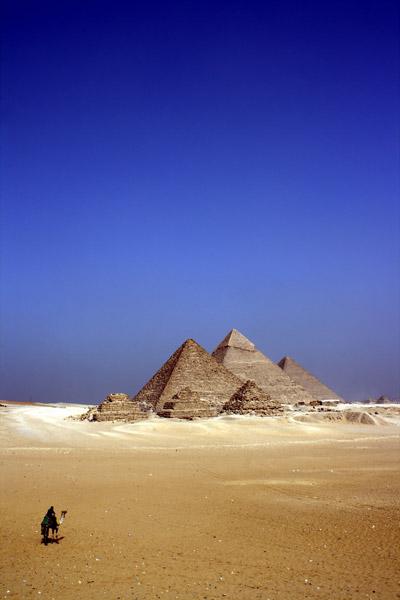
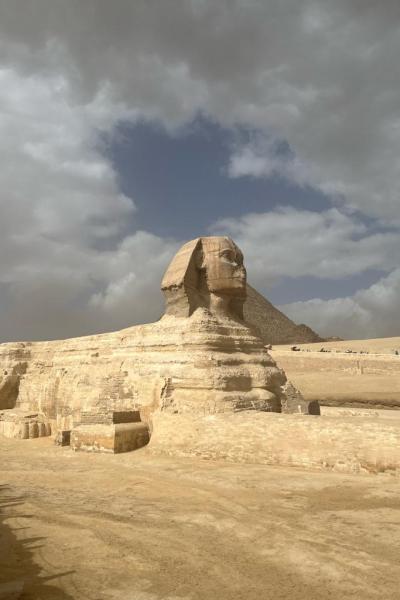
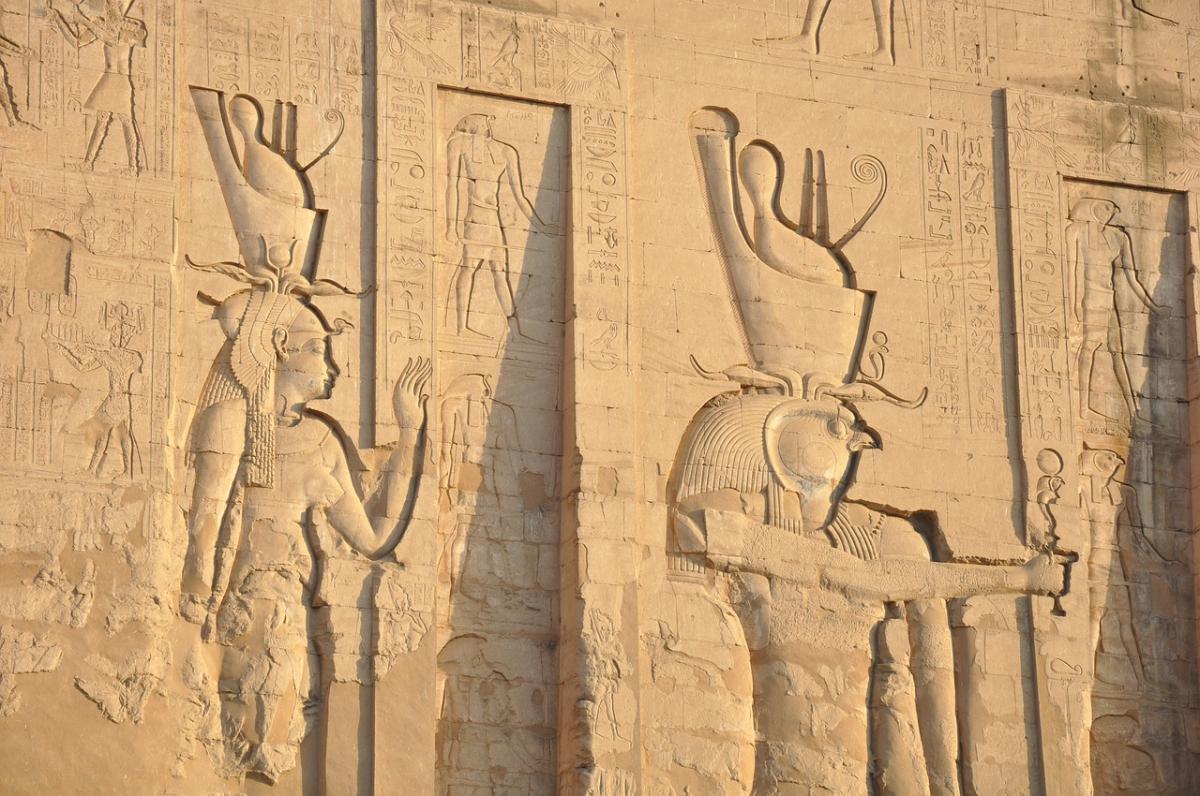
Egypt, a nation at the crossroads of Africa and the Middle East, boasts a culture that is as rich and layered as its millennia-old history . From the monumental legacy of the Pharaohs to the enduring influence of Coptic Christianity and the pervasive traditions of Islam, Egyptian culture is a vibrant...
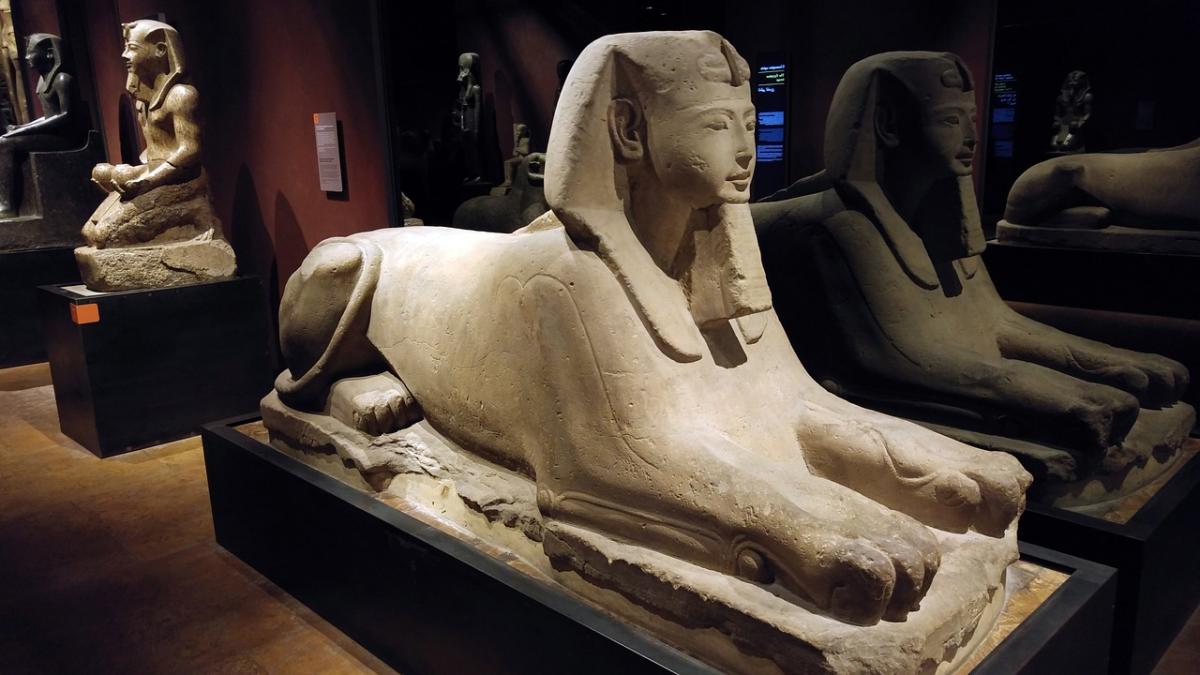
Located in the heart of Cairo on Tahrir Square, the Museum of Egyptian Antiquities, commonly known as the Egyptian Museum, stands as the oldest archaeological museum in the Middle East . For over a century, it has been the worlds foremost repository of Pharaonic antiquities, offering an unparalleled...
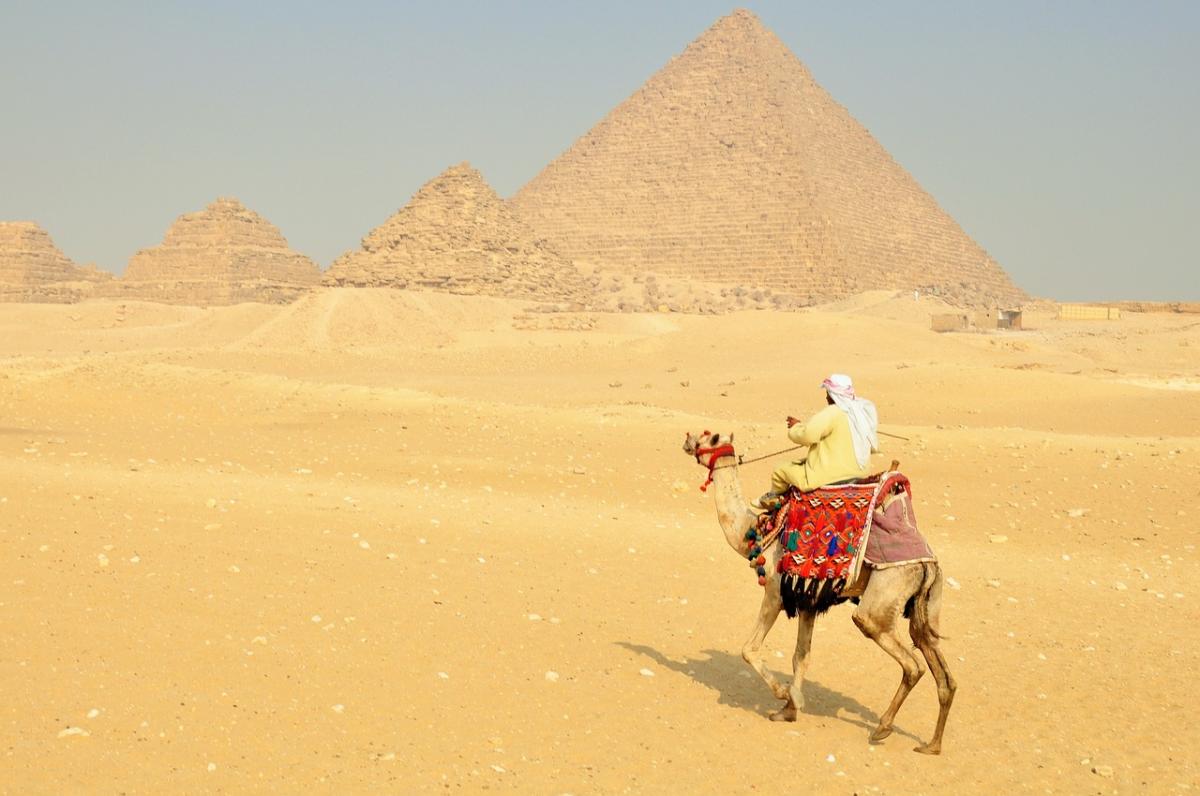
Egypt, the land of pharaohs, ancient tombs, and the life-giving Nile, often conjures images of grand tours and luxurious cruises . However, this cradle of civilization is remarkably accessible for the budget-conscious traveler . With careful planning, you can experience its most iconic wonders without...